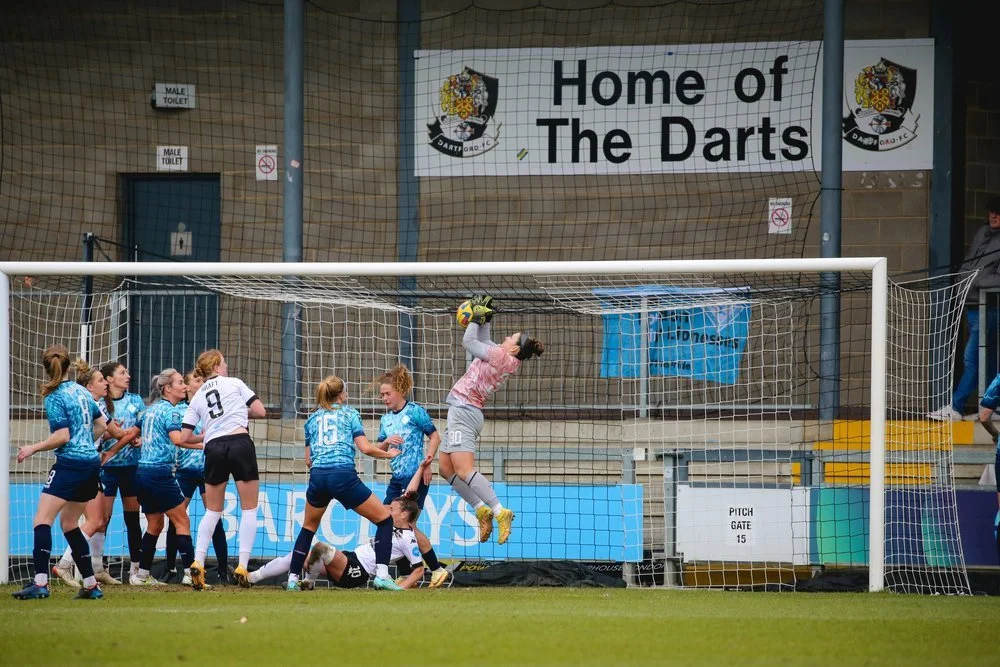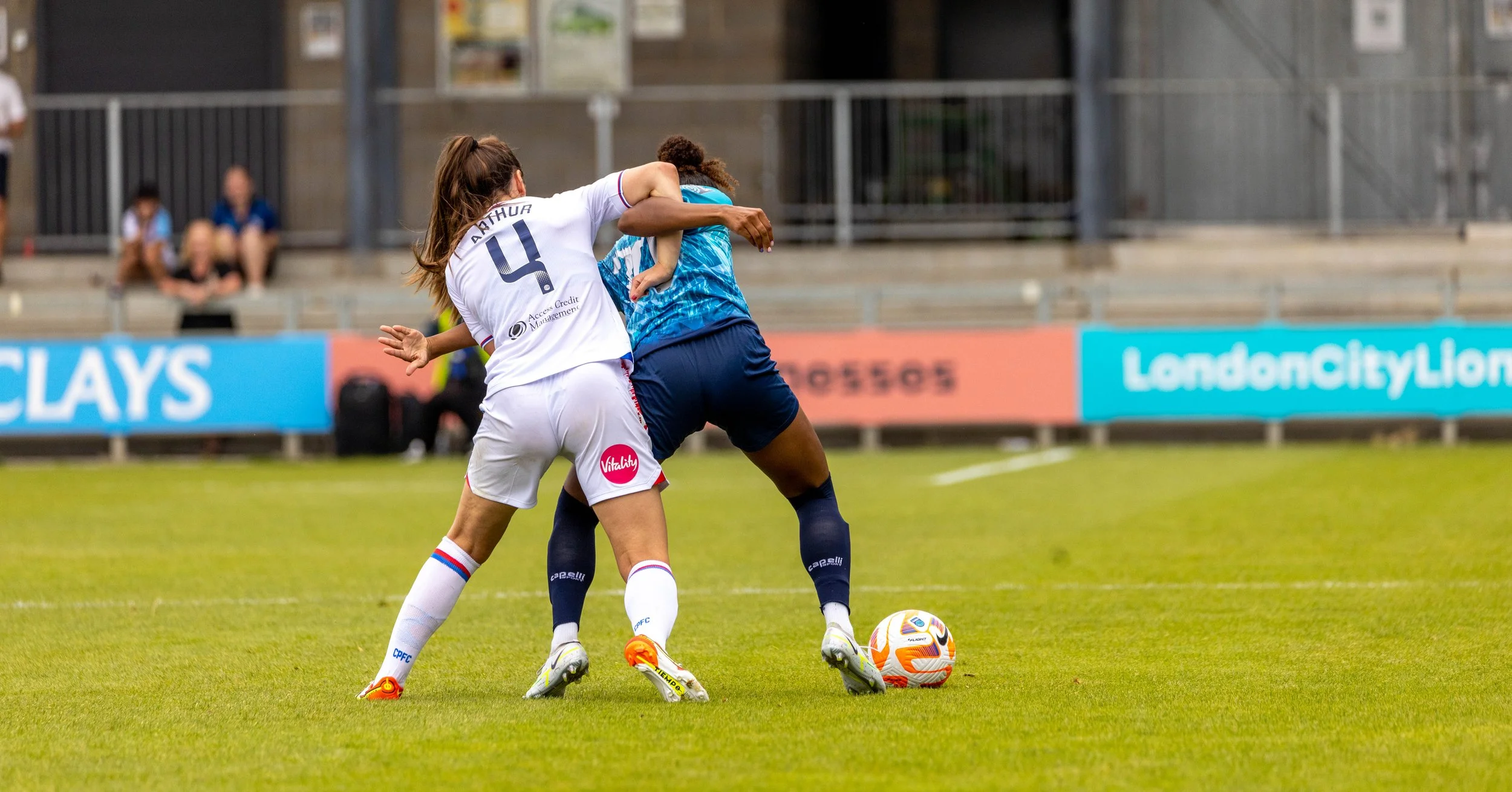Shoulder Rehabilitation A Comprehensive Guide to Shoulder Exercise Therapy
Shoulder Rehabilitation
A Comprehensive Guide to Shoulder Exercise Therapy
✨This guide (book), developed by Cath Leftley, Julia Walton, Jo Gibson, Christine Holmes, Eleanor Richardson, and Lennard Funk, offers a structured approach to shoulder rehab using a phased system of exercise progression & exercise classification.
In addition this can be effectively applied to general physical prep programmes by providing a structured, evidence-based + applied approach to shoulder exercises, that progress from low to high intensity throughout phases with the correct technique.
Exercises are categorised into three phases based on the percentage of maximum voluntary contraction (MVC) of relevant muscles:
1. Early phase: < 20% MVC
2. Intermediate phase: 20-40% MVC
3. Late phase: > 40% MVC
This classification system allows for flexible application in general shoulder rehab & physical prep programs.
🗝️ Key Principles
Exercises should involve the whole body, not just the shoulder joint, to ensure functional movement patterns and good postural control throughout rehab.
📈 The phased system provides structure while allowing for individualisation based on athlete needs and clinical/coach judgment.
🏃🏻♂️ Application In Sports
This resource is particularly valuable for Goalkeepers, GK coaches, & Olympic sports athletes.
My experience with various sports, including judo, field hockey, wrestling, taekwondo, fencing, & amateur / elite boxing, has informed my application and coaching principles.
🏃🏻♂️🥇As a sprint coach specialising in training elite 100m and 200m athletes, shoulders directly impact sprint biomechanics and overall athletic potential. Upper body strength plays a critical role for power development, and comprehensive shoulder health in maximising athletic performance.
💪🏻Sprint Impact: Powerful Shoulders
1. Arm Swing & Full Range of Motion for Power Generation:
For example if you sit on the ground and move your arms in a sprinting mode, your butt will begin to lift, with downwards force (blocking motion) and range of motion (ROM), more power is generated. This drill is used teaching young developing athletes.
2. Posture: Joint position, directly impacts muscle function.
3. Rotational control: Excessive rotation can lead to energy leaks and reduced efficiency.
5. Force Production.
Late Stage Exercises for Goalkeepers and Olympic Sports
Strength Balance, Speed, & Power exercises:
1. Step up with hand weights
2. Step back with hand weights
3. Dynamic push off wall on Swiss ball
Exercises for All Positions and Olympic Sports:
1. 4 Point kneeling using resistance band
2. Dynamic lunge with resistance band
3. Swiss ball bridge with diagonal patterns using a medicine ball
4. Perturbation grab
These example exercises, particularly those in the late stage, can be effectively used for Goalkeepers and athletes in various Olympic sports to enhance shoulder strength, speed and power and overall body control.
Click on Green Button for PDF Download ⬇️
To find more insights explore my blog and website.
🗝️


